

The jaguar’s kingdom is home to mammals, reptiles, birds, amphibians and other families of animals that, in a certain way, depend on it as an umbrella species and apex predator.
These are the jaguar’s neighbors, and they also depend on you to keep on living in this territory.
Toucans, from the Ramphastidae family are colorful birds with large beaks. The toucan’s unique beak can measure up to 20 cm and weigh 500g in some species like the toco toucan (Ramphastos toco). Just like the jaguar (Panthera onca), this family of birds is distributed throughout the Americas, from Mexico to Argentina.
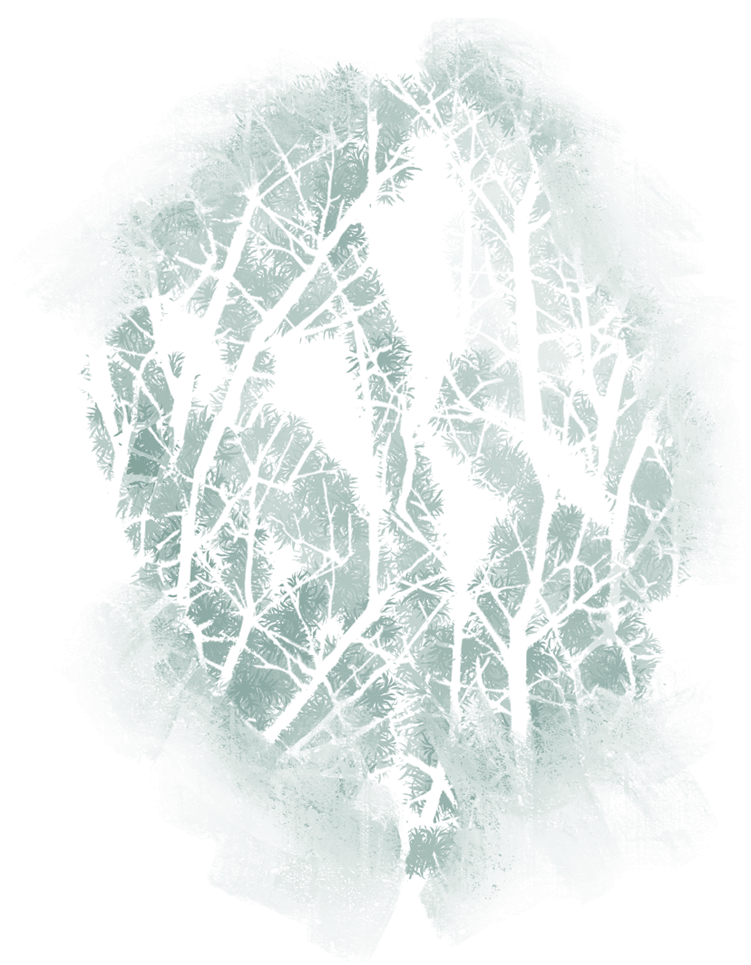
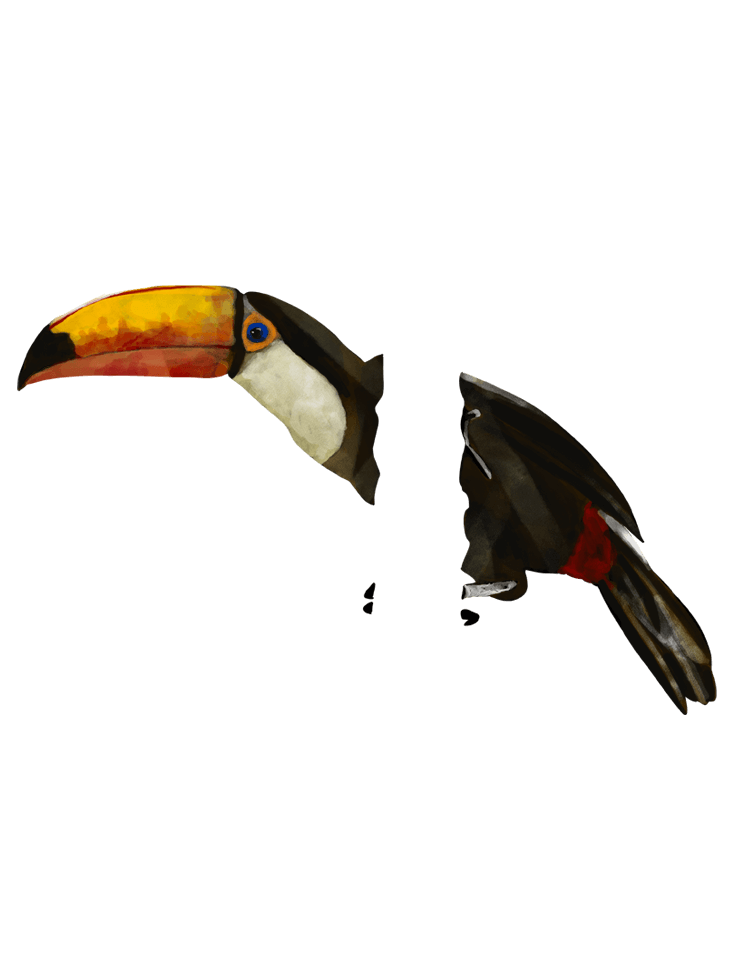
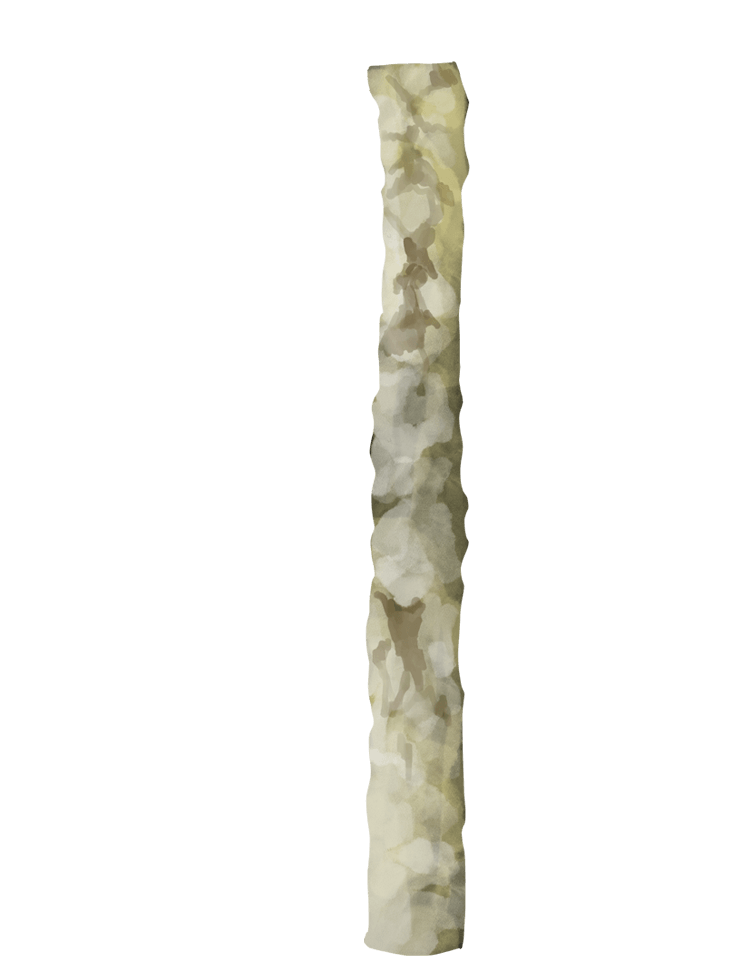
Caiman is a genus of crocodiles from the Alligatoridae family, commonly known as caimans or yacares. Caimans do not have many natural predators, but demand for their hide has driven three species to extinction.
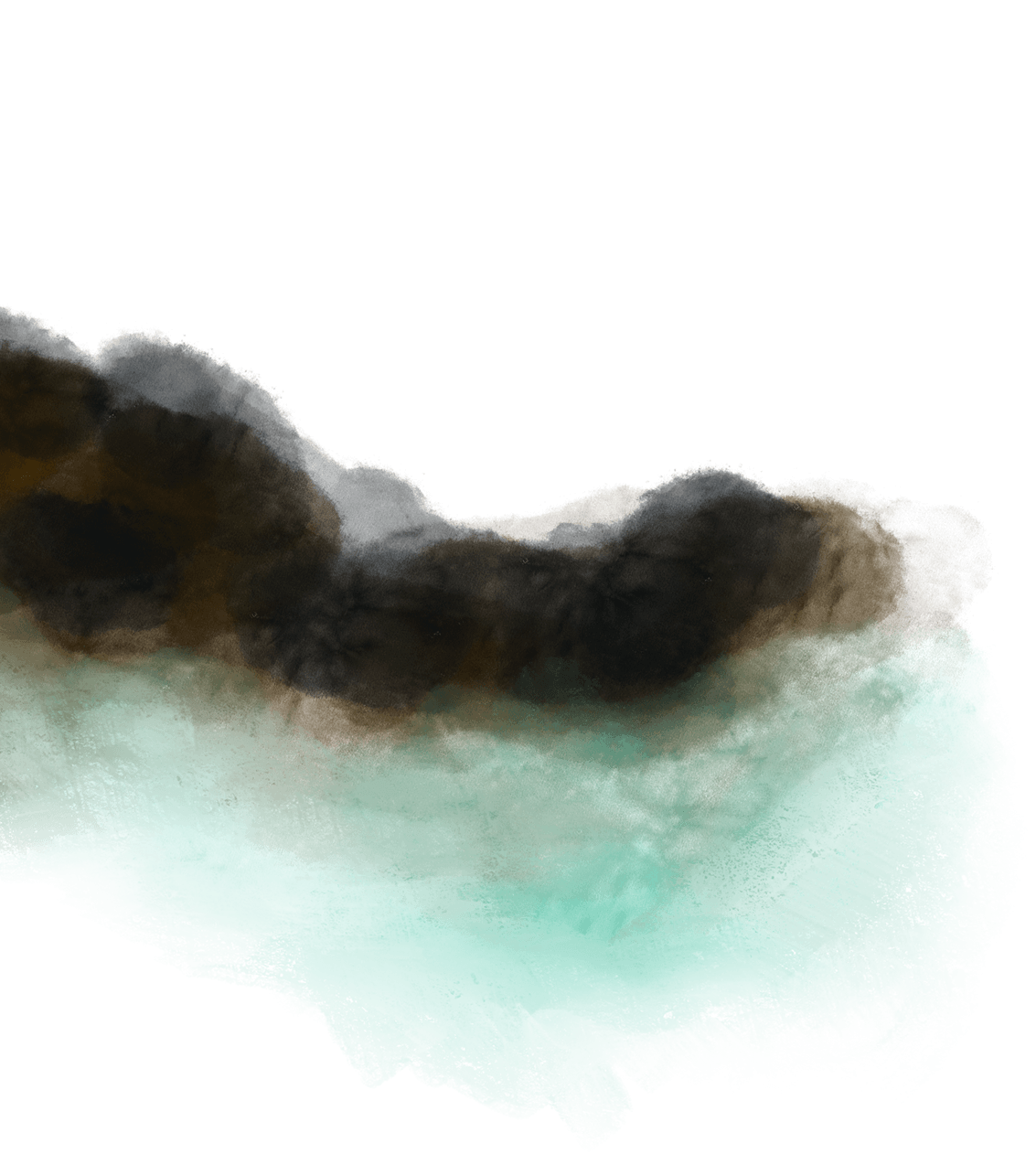
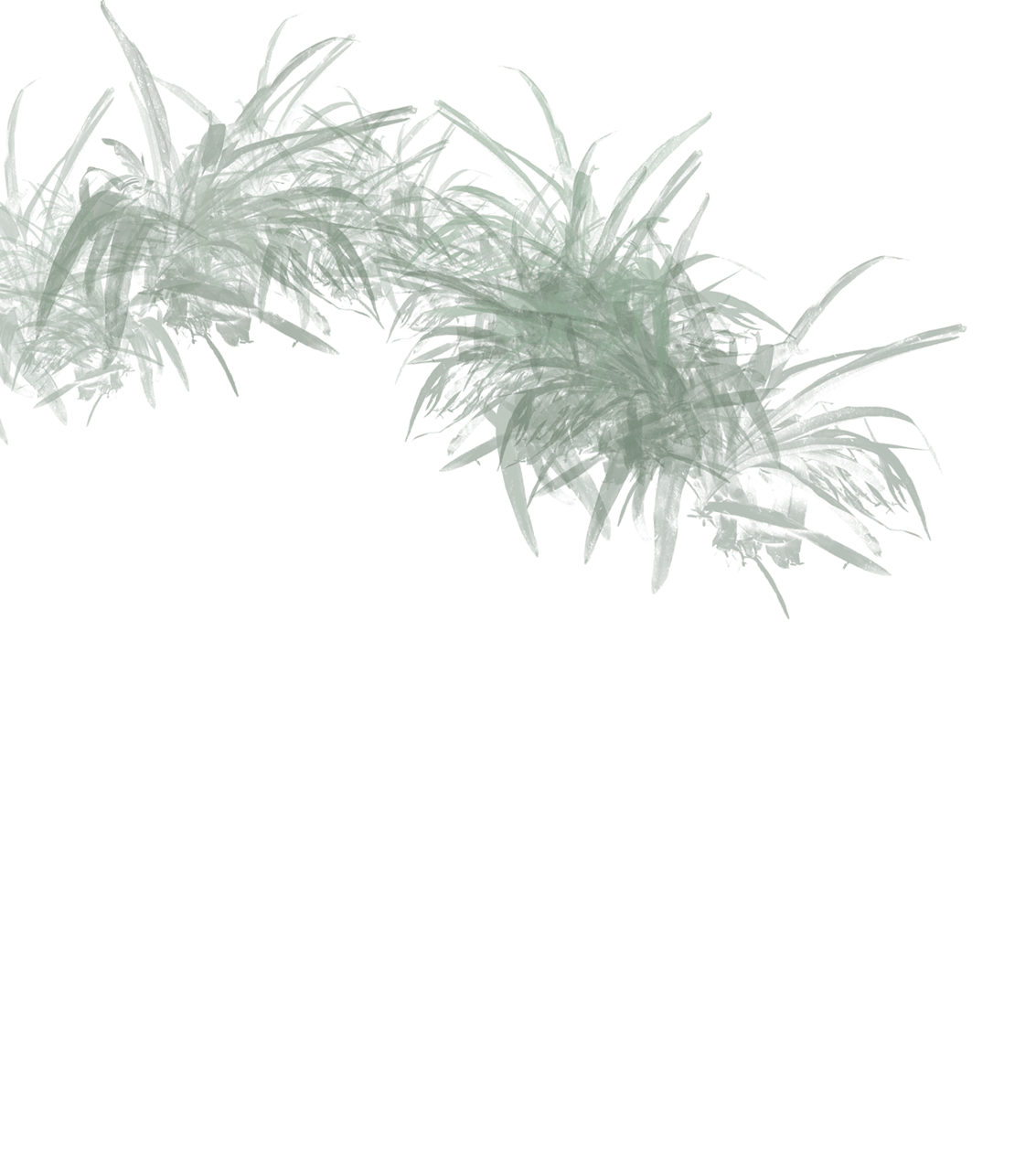

It is an herbivorous mammal that is part of the Tapiridae family. It belongs to the same order as horses (distantly related), and rhinoceros are its closest living relatives. They are characterized by their elongated snout that they use to get the herbs, roots and branches that they usually eat.
Tapirs are wild and elusive animals. They are never too far from water; and when threatened, they escape into the nearest pond or lake. They are also good swimmers and can be underwater for up to three minutes.

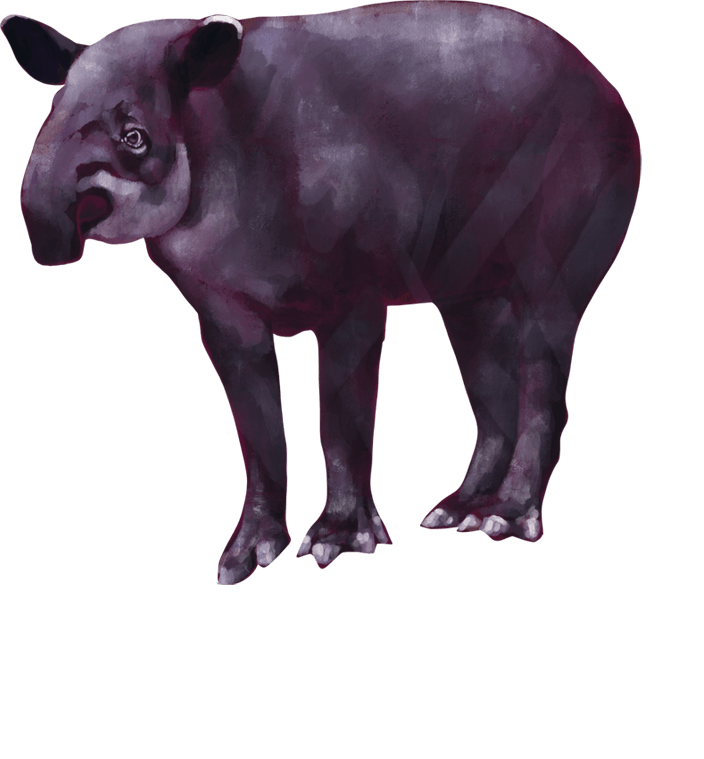

The cougar (Puma concolor), known as mountain lion, belongs to the Felidae family. It is the second biggest feline in the continent after the jaguar and the fourth biggest in the world. It occupies more territory than any other land animal in America, and can be found from the Yukon, in Canada, to Patagonia in South America.
Cougars have various forms of communication such as marking logs with their front legs to provide visual and olfactory signs, and also through excreta and urine. These cats have a visible spot around the muzzle and a black patch at the base of their whiskers.


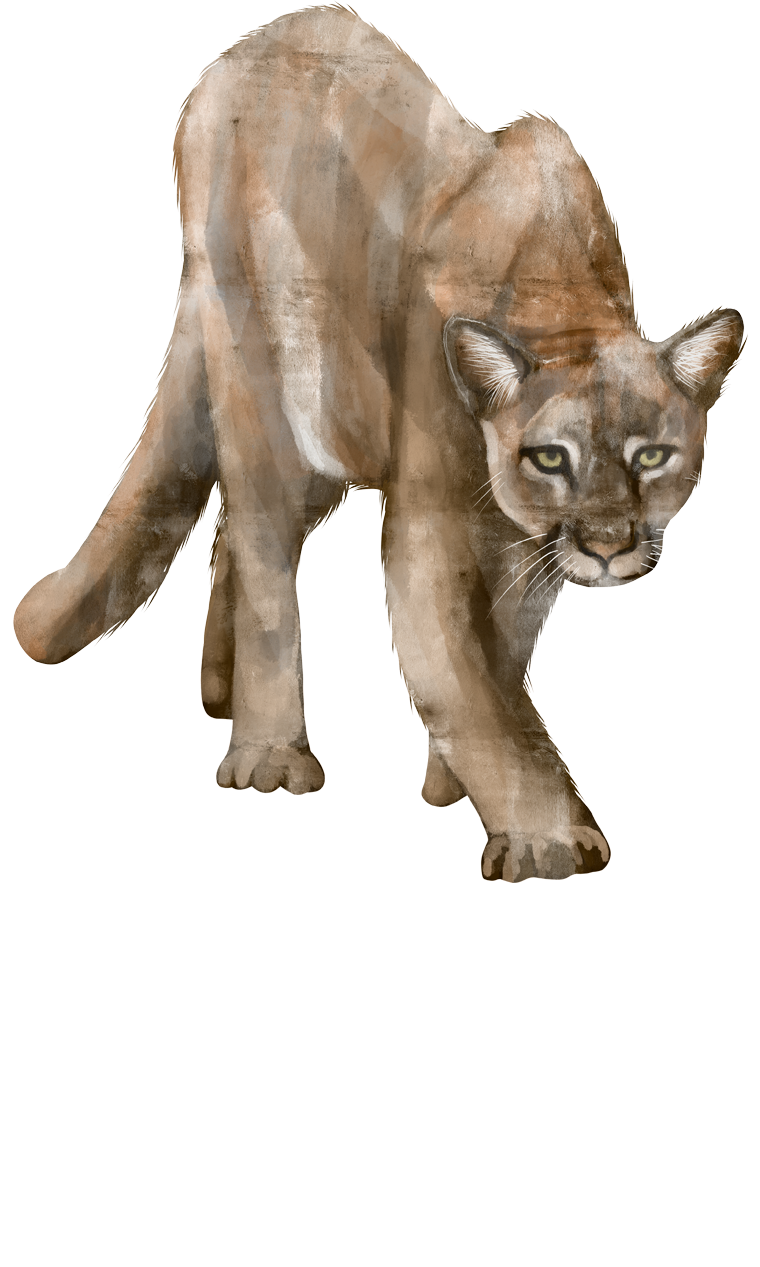


Ant-eater is the common name of mammals from the vermilingua order, from the latin, Vermilingua, which means worm-shaped tongue.
These mammals, which feed on ants and termites, use their sharp claws to dig in the dirt and scratch tree barks. And with their long and sticky tongues, they catch insects. Their tongues can reach up to a meter!
They live from the south of Mexico to the northeastern tip of Argentina.
The capybara, also known as “carpincho”, is the biggest living rodent in the world. This mammal, of the Caviidae family, has a huge distribution that covers most of South America; it’s usually found near lakes, rivers, mangroves and other bodies of water and they are good swimmers.
Its scientific name (hydrochaeris), means water pig in Greek.

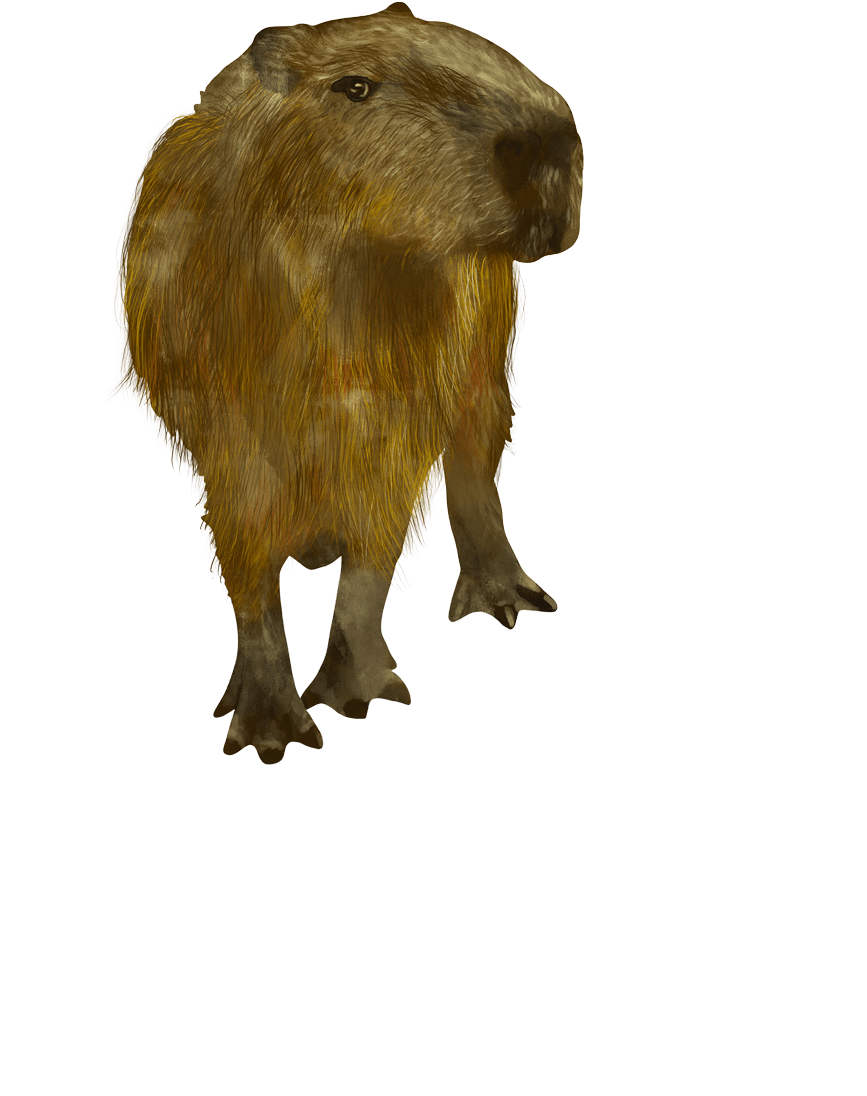

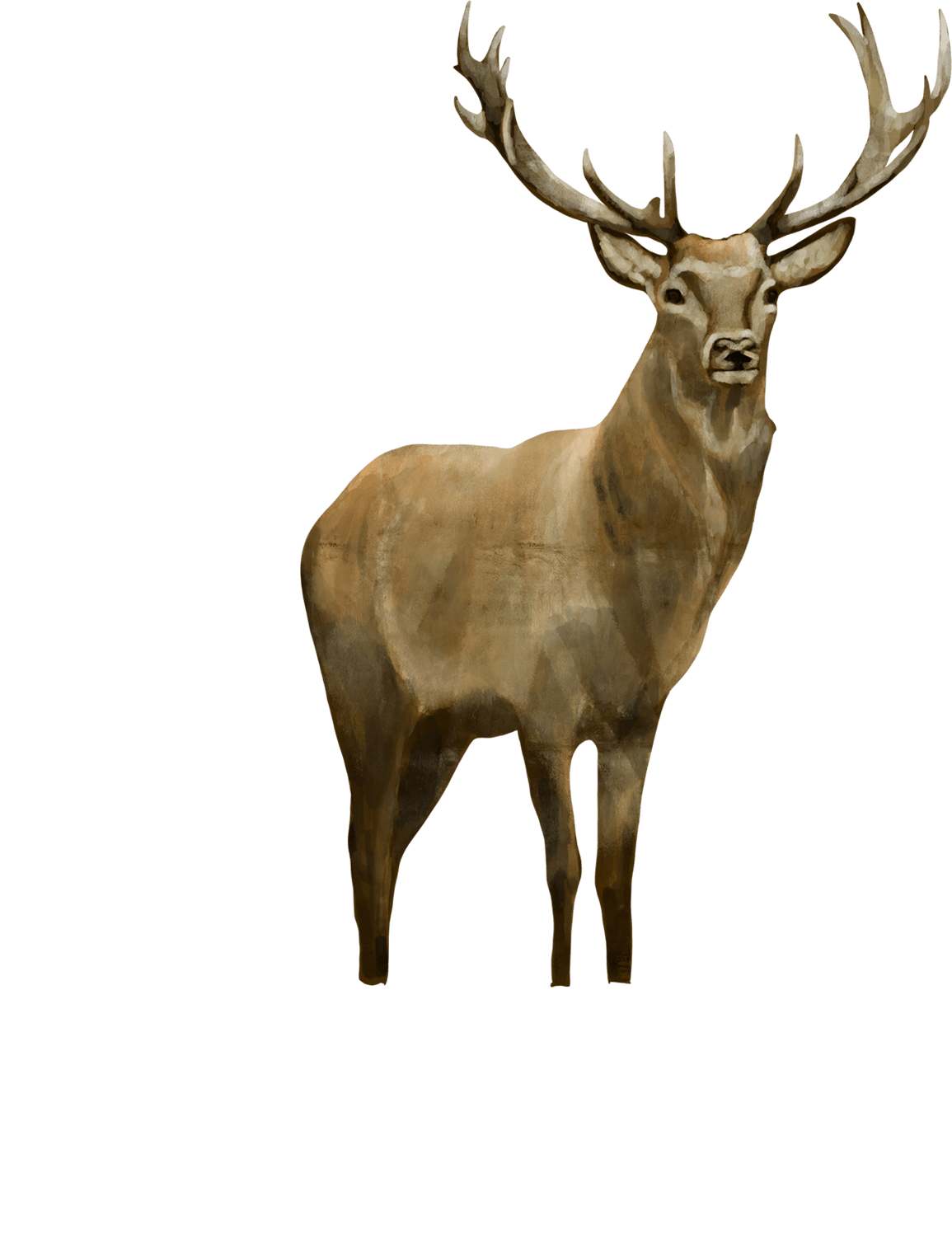
The white-tailed deer (Odocoileus virginianus) is an artiodactyl mammal that comes from the Cervidae family. It is distributed in a wide variety of ecosystems from North America, through Central America, to the north of South America, including Colombia, Peru and Bolivia.
Deer are ruminants and herbivores, they feed on leaves, shoots, fruits and seeds; and they are highly persecuted by hunters throughout most of their distribution area. Deer are sexually dimorphic: males are larger than females and have branched horns sloping back. As adults, and depending on age, these horns reach between 8 and 64cm from the base and are renewed every year.
Spider monkeys, or maquisapas, marimondas, marimonos, koatás and atelos in some Spanish speaking areas, are common names for any of the primates of the genus Ateles, belonging to the family Atelidae. They live from southern Mexico to the Brazilian Amazon.
They spend most of their time in trees, using their long tails to move nimbly through the trees of tropical forests.
These primates are gregarious, living in groups of 6 to 30 individuals. They feed on fruits and insects.

